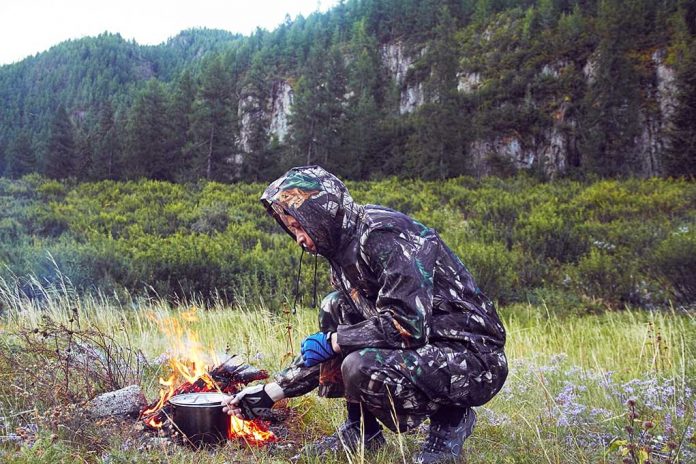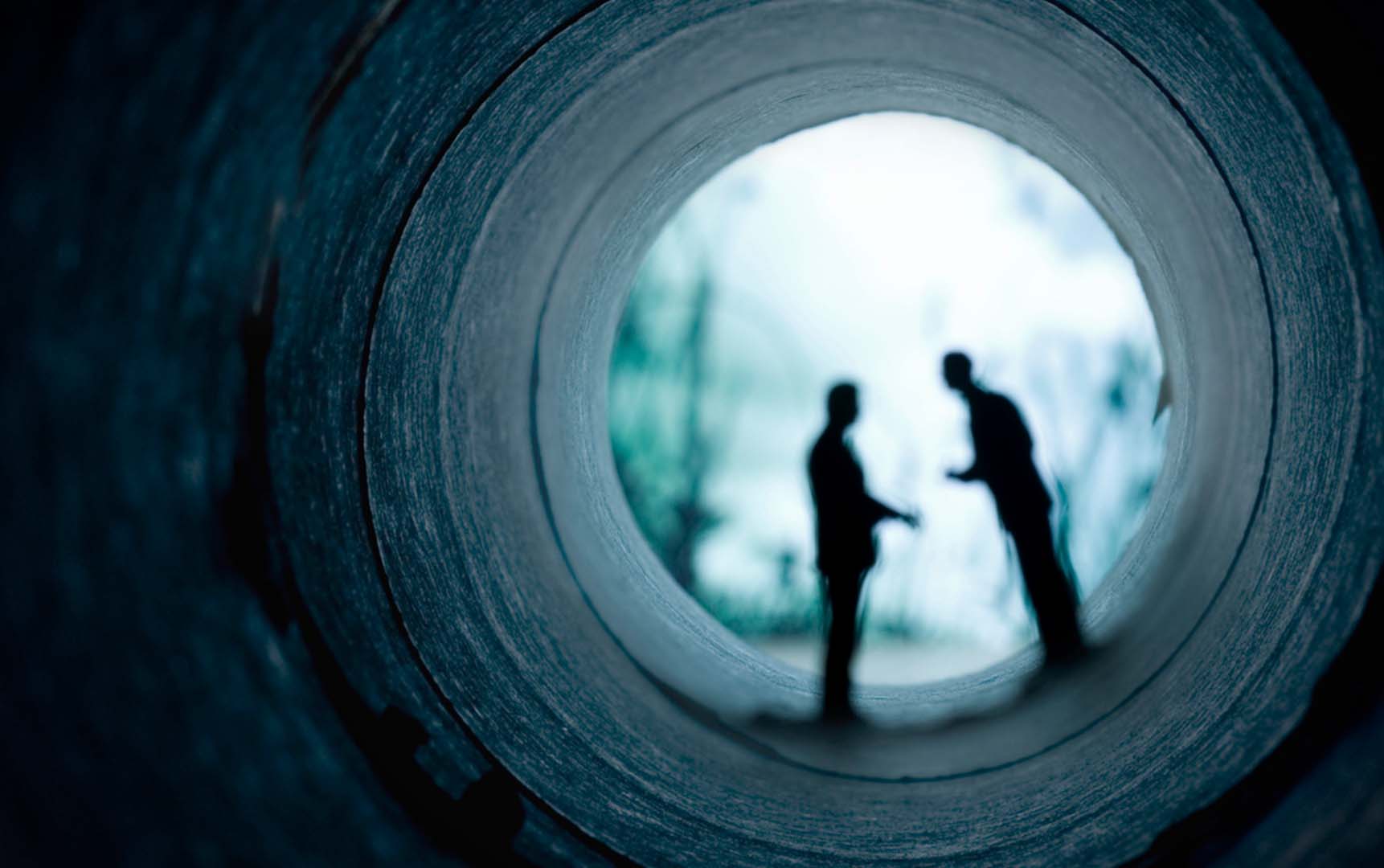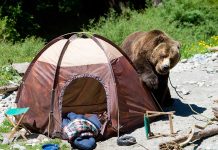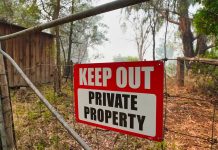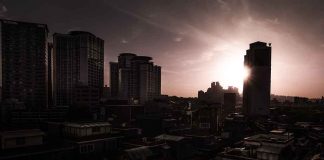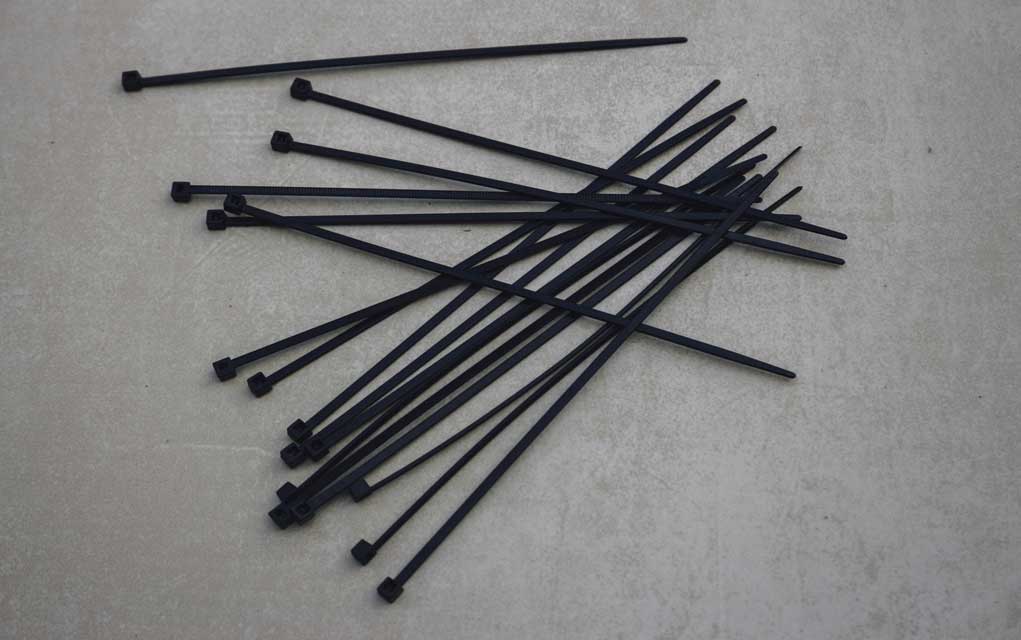(ModernSurvival.org) – Suffering a burn can range from a painful experience to a life-threatening situation, depending on the severity of the burn itself. For most people, getting burned on a hot pan or stovetop means a few days of discomfort and, at worst, a trip to the emergency room.
But what happens when a burn is suffered while enjoying the great outdoors on a camping trip? Or worse yet, when enduring a survival situation in which help is not likely available? A burn in these situations could be lethal.
Start Here
When a burn is suffered in the wilderness (or anywhere else), the first thing to do is stop additional burning. Stop, drop, and roll if necessary to extinguish any active flames on the person.
Once the source of the burn is extinguished, remove any clothing or jewelry from the burn site. This will allow the burn to be inspected and prevent these items from sticking to the burn. Additionally, these items may trap additional heat in the burn and prevent blood from flowing through the area as swelling begins.
How Bad is It?
Once clothing and jewelry have been removed from the burn site, it is time to determine exactly how bad the burn is.
- First-degree burns – the least severe burns are classified as first-degree burns. These show as reddish, non-blistered skin. These are surface-layer burns that don’t damage underlying tissues beneath the skin.
- Second-degree burns – A second-degree burn will lead to the formation of blisters and extremely red skin. These burns are incredibly painful.
- Third- and fourth-degree burns – These burns are severe and life-threatening. While some people think third-degree burns are the most painful, often there is no pain involved as the nerve endings have been completely destroyed. Third and fourth-degree burns include damage to the tissues beneath the skin, with fourth-degree burns extending down to tendons and even bone.
Burn Treatment
Once the severity of the burn has been established, it’s time to go to work treating it. The following video from eHow explains how to treat a burn in the wilderness:
For minor, first-degree burns, simply running cool water over the affected area is a great start. If the skin is unbroken, it can be submerged in cool water to help ease the pain and cool the skin.
If the affected area has split open or a blister has burst (as might happen with more severe burns), only use sterile water for this. Dunking an oozing burn into spring water is almost guaranteed to lead to an infection, complicating the issue further.
If soap or antiseptic is available, clean the wound to prevent infection. Apply a wet compress to the area for roughly ten minutes, then remove it for an additional ten minutes to help reduce swelling and pain.
If a first aid kit is present, wrap the wound in sterile gauze to keep dirt and foreign particles from getting into the burn. Be sure to wrap fingers individually if the burn was suffered on the hands.
Here are some additional tips for treating a burn:
- Do not lance or burst blisters if possible, as this will increase the risk of infection.
- Do not use ice or ice water on the burn. This can cause additional cellular damage that will only make the burn worse.
- If available, cling wrap or plastic wrap is a great way to cover a burn. It won’t stick to the wound, it traps in moisture, it allows for easy inspection of the burn, and it will keep the area clean. Simply lay the plastic wrap over the wound, do not wrap it around the affected area.
For third- or fourth-degree burns, seek professional medical help as soon as possible. Keep the wound raised above the heart to prevent blood loss. Surprisingly, hypothermia is also a serious concern with more severe burns as the wounds release body heat at an accelerated rate.
Being burned while in the woods is a very real threat. For example, cooking and boiling water over a campfire can become a dangerous endeavor should an accident occur. There is always the chance of being caught in an unexpected wildfire as well. As with any emergency, it’s vital to get aid as quickly as you can.
To see what to do in the event a wildfire breaks out while you’re in the woods, check out our article on where to go to escape a wildfire.
~Here’s to Your Survival!
Copyright 2023, ModernSurvival.org
